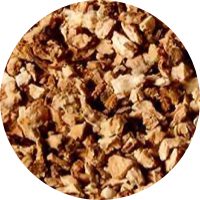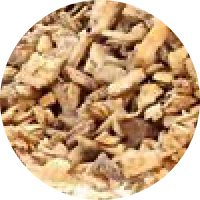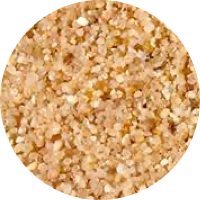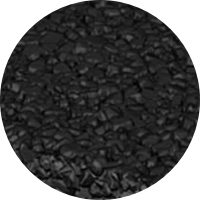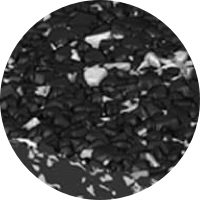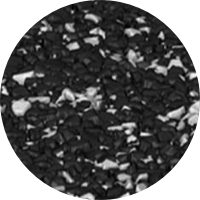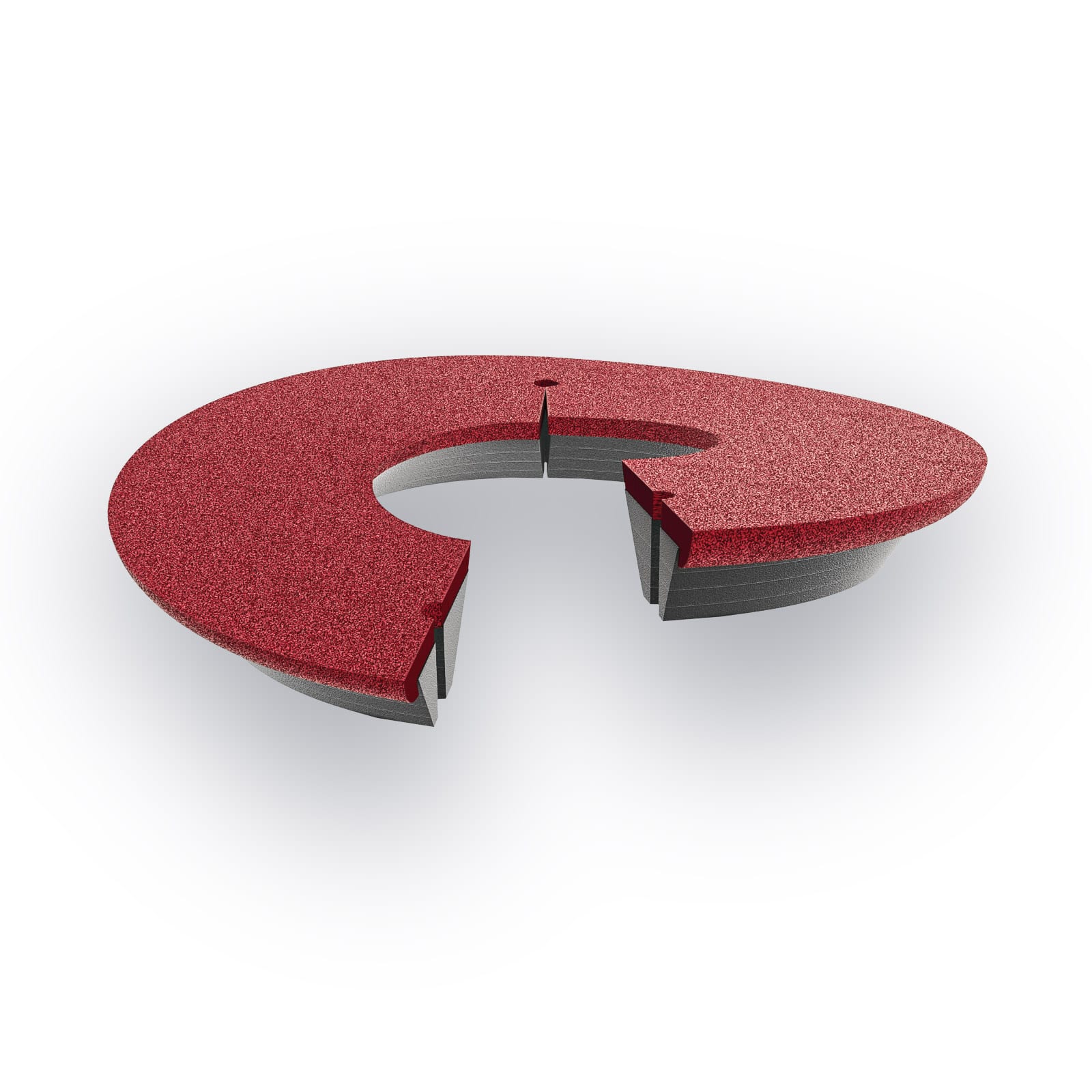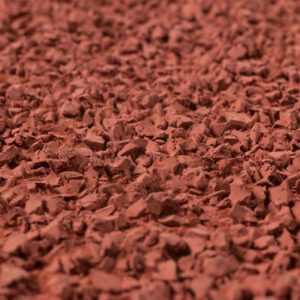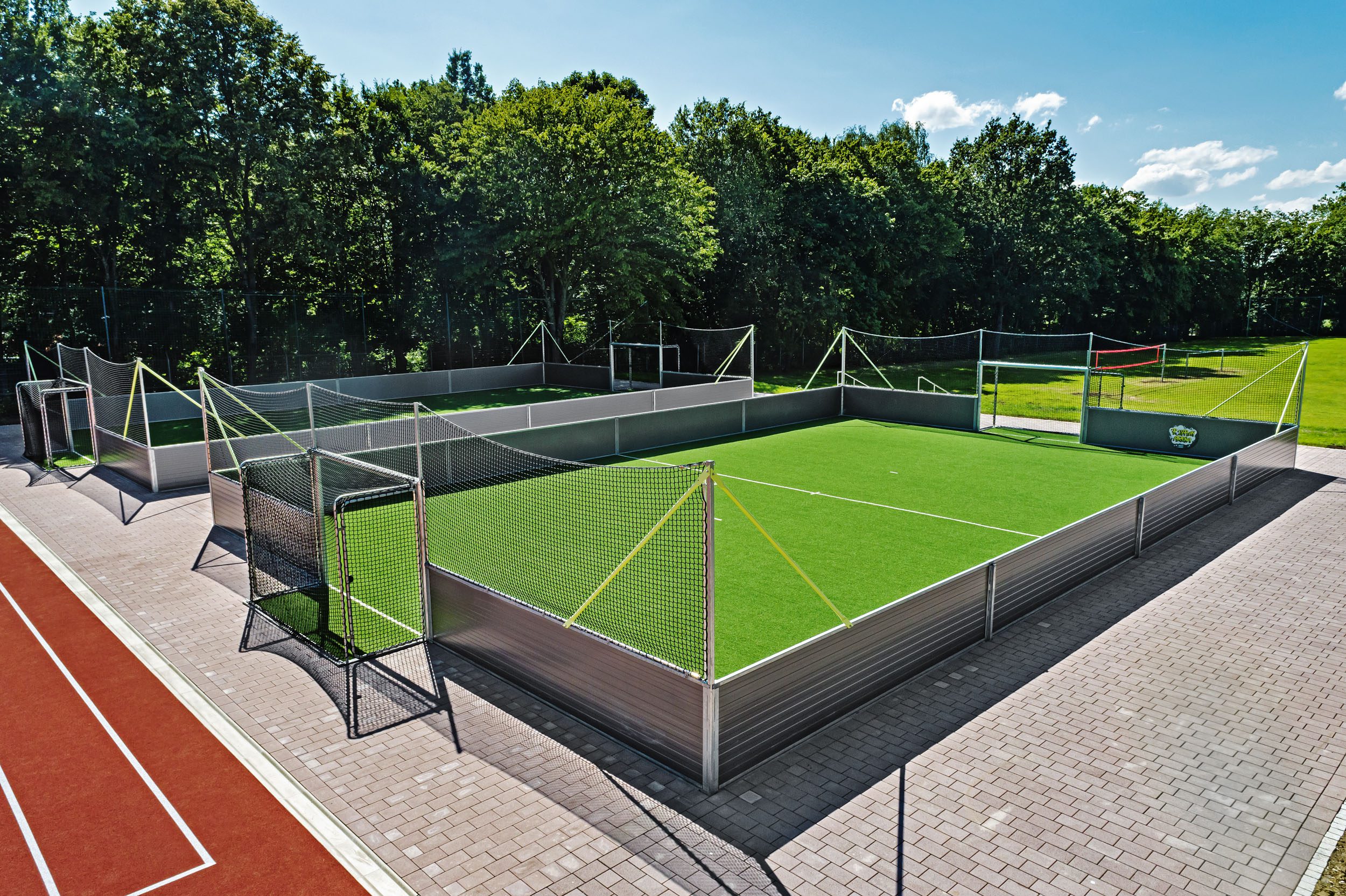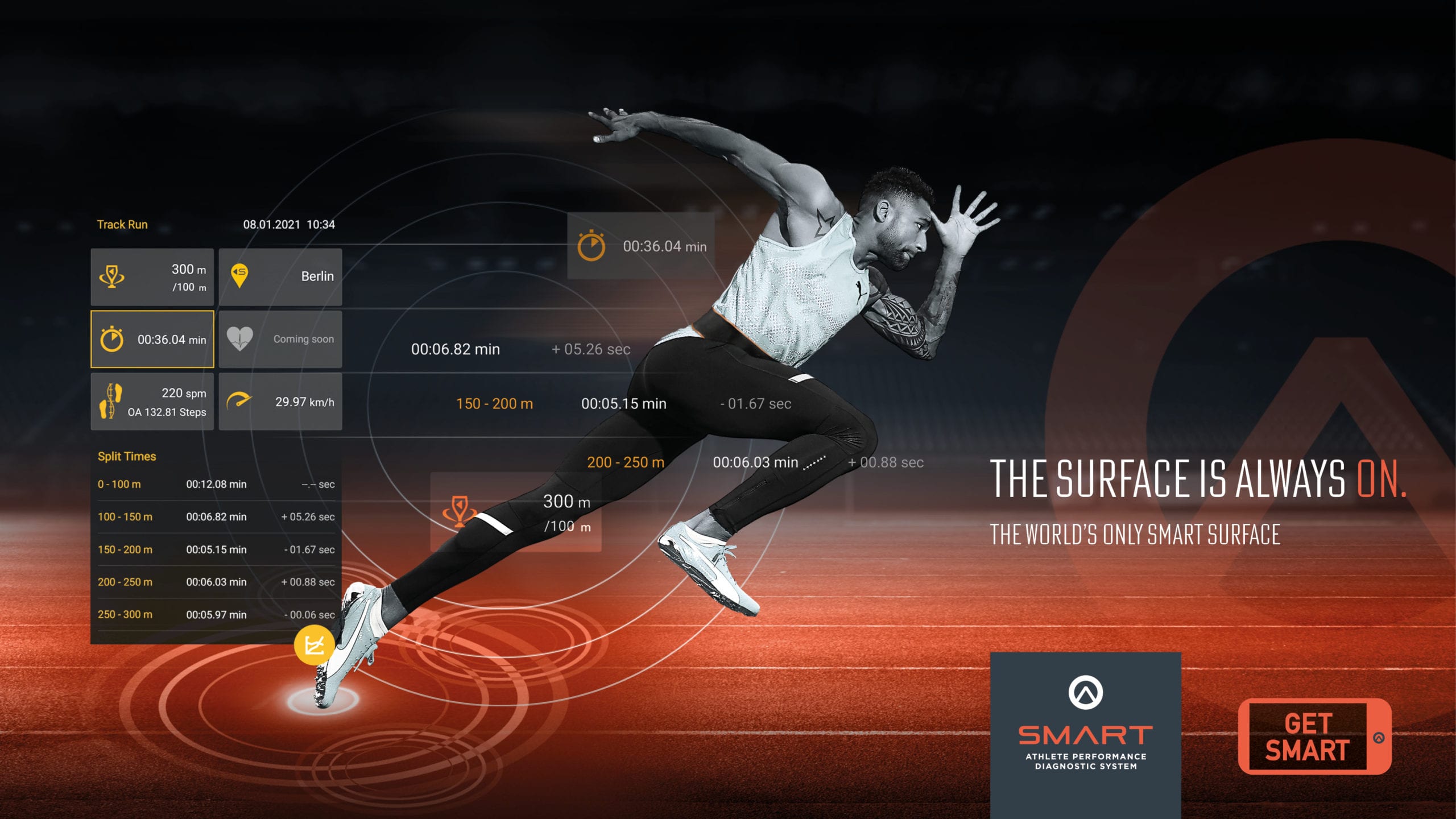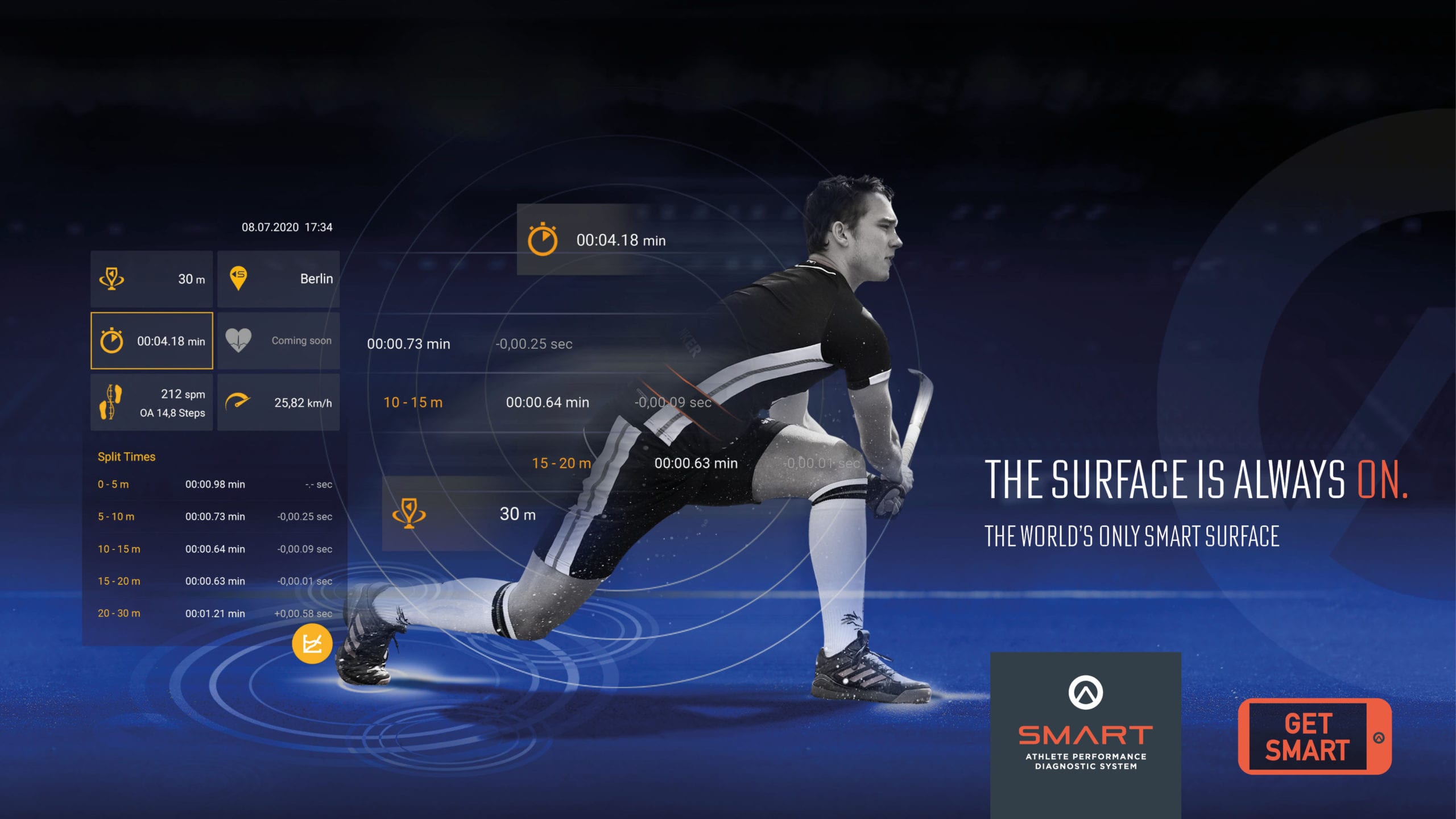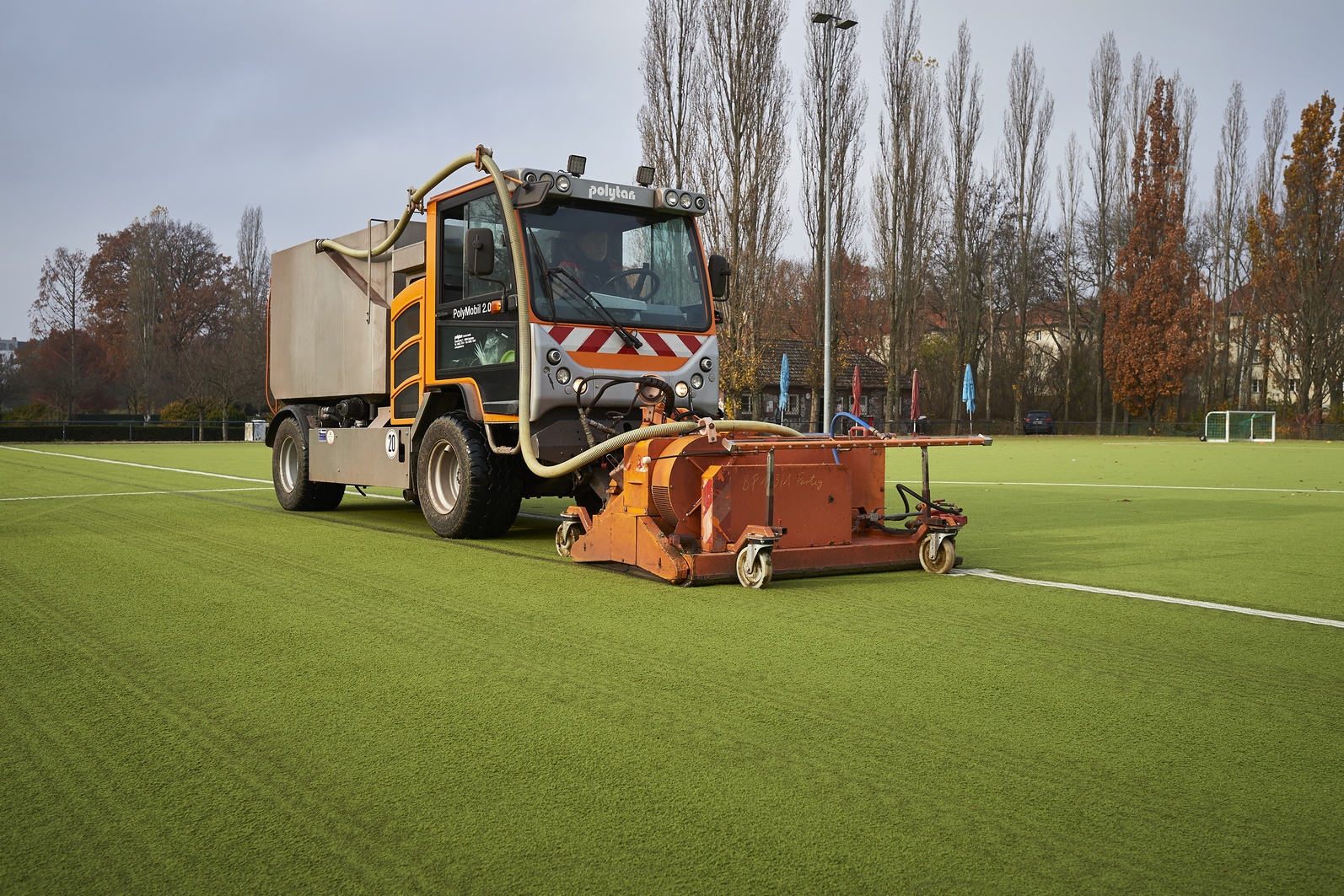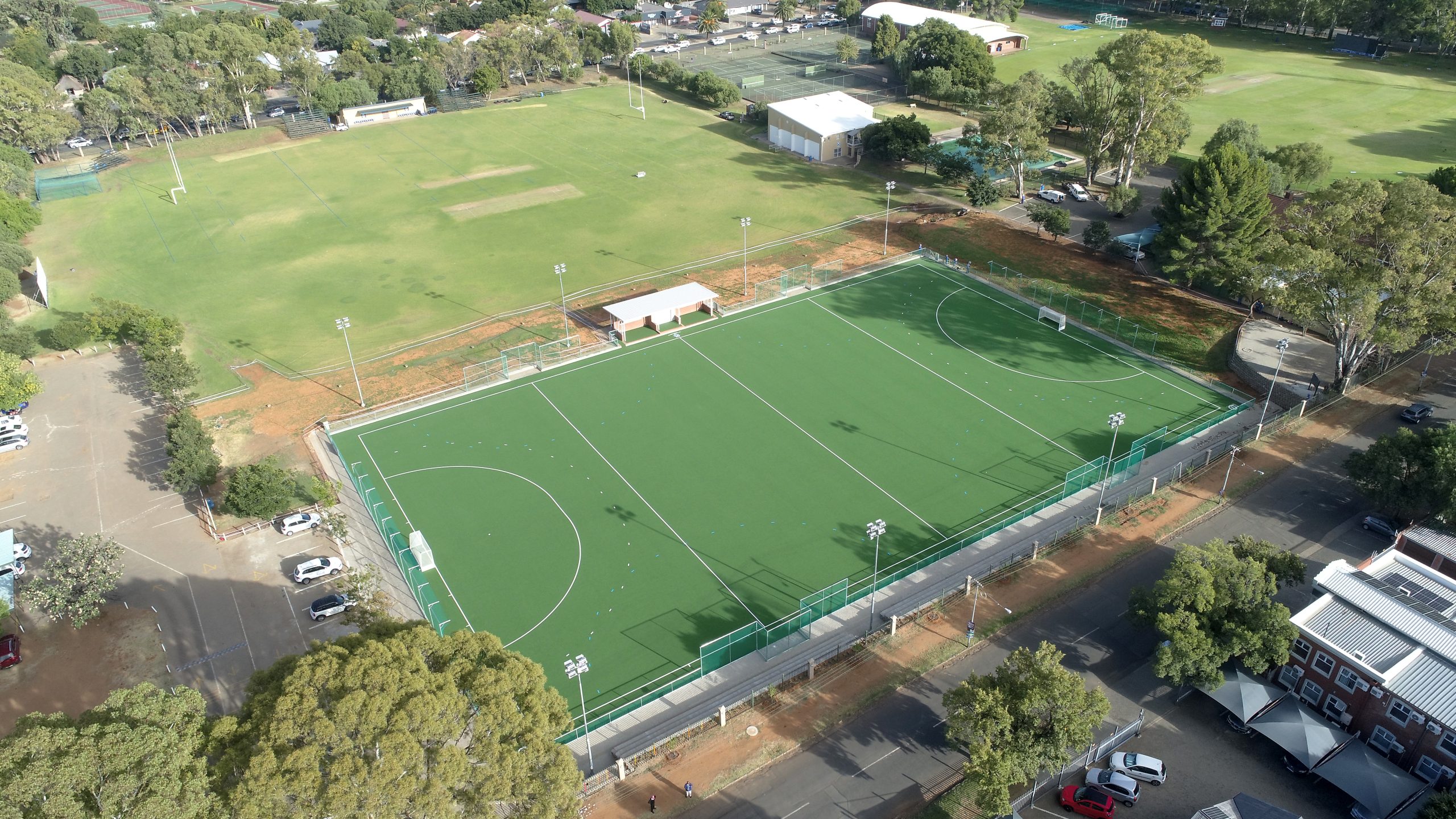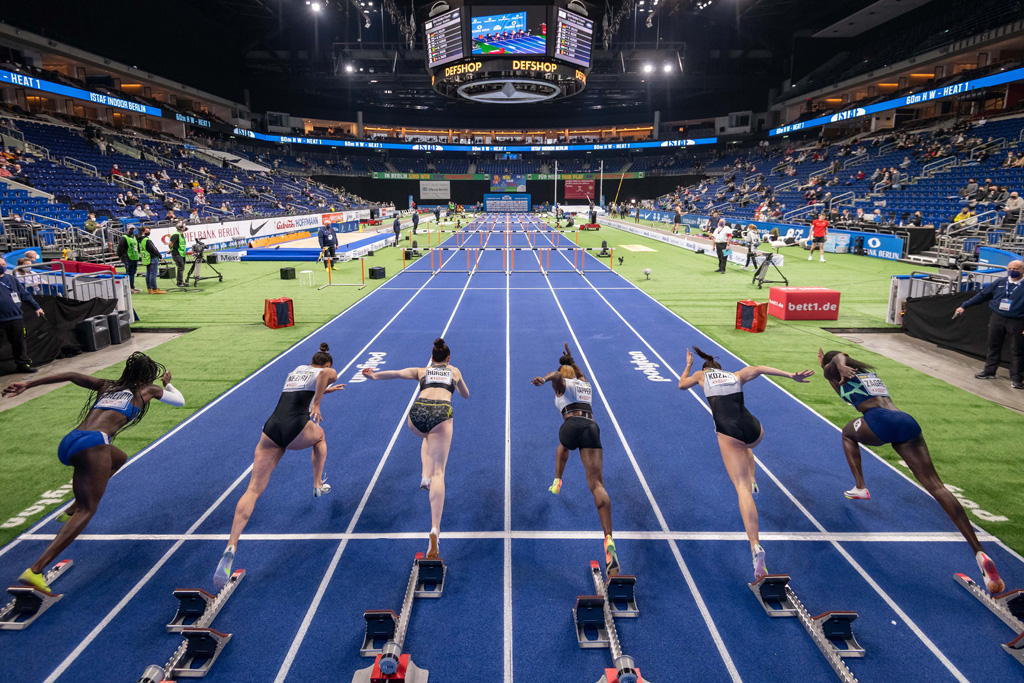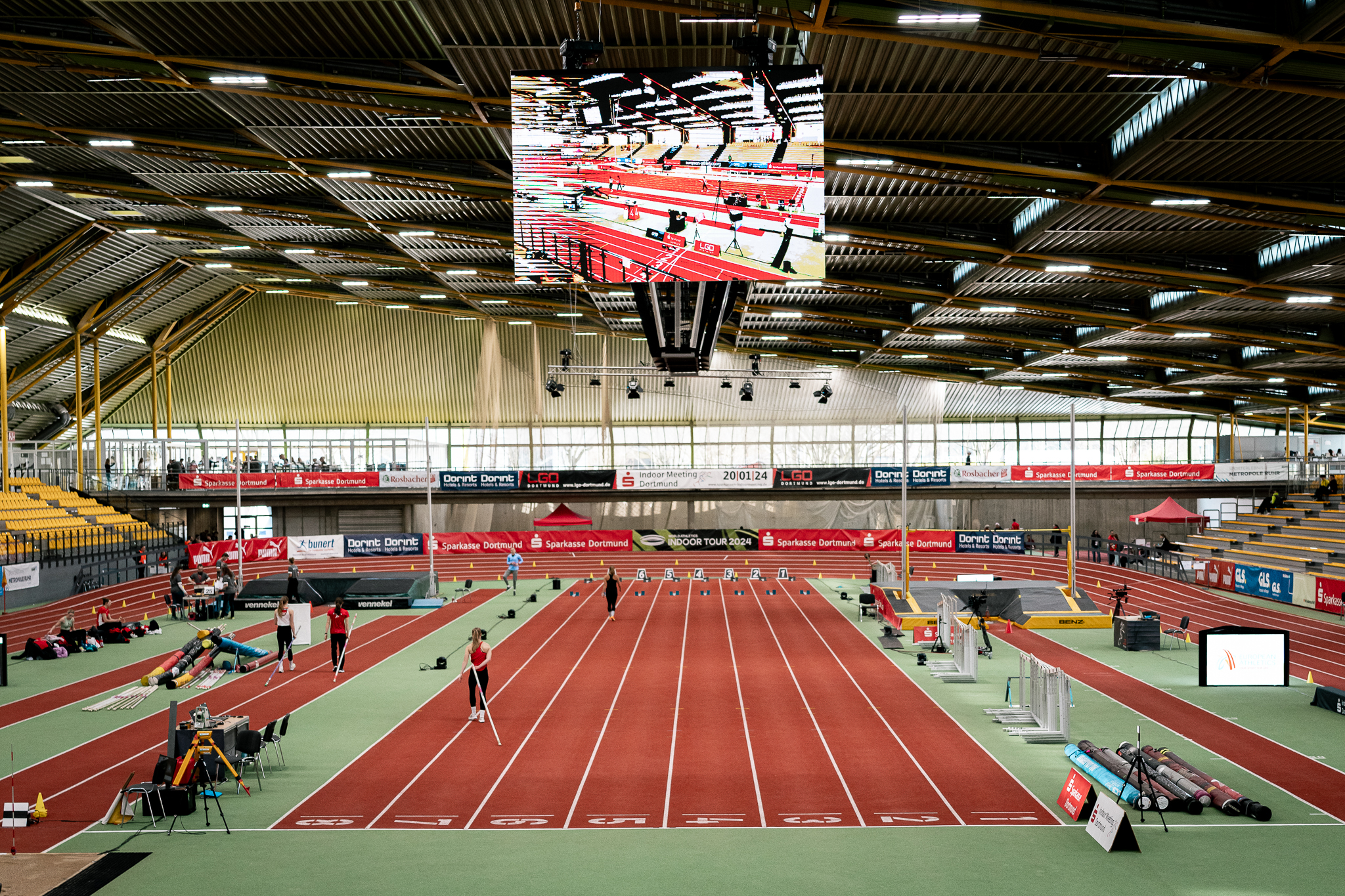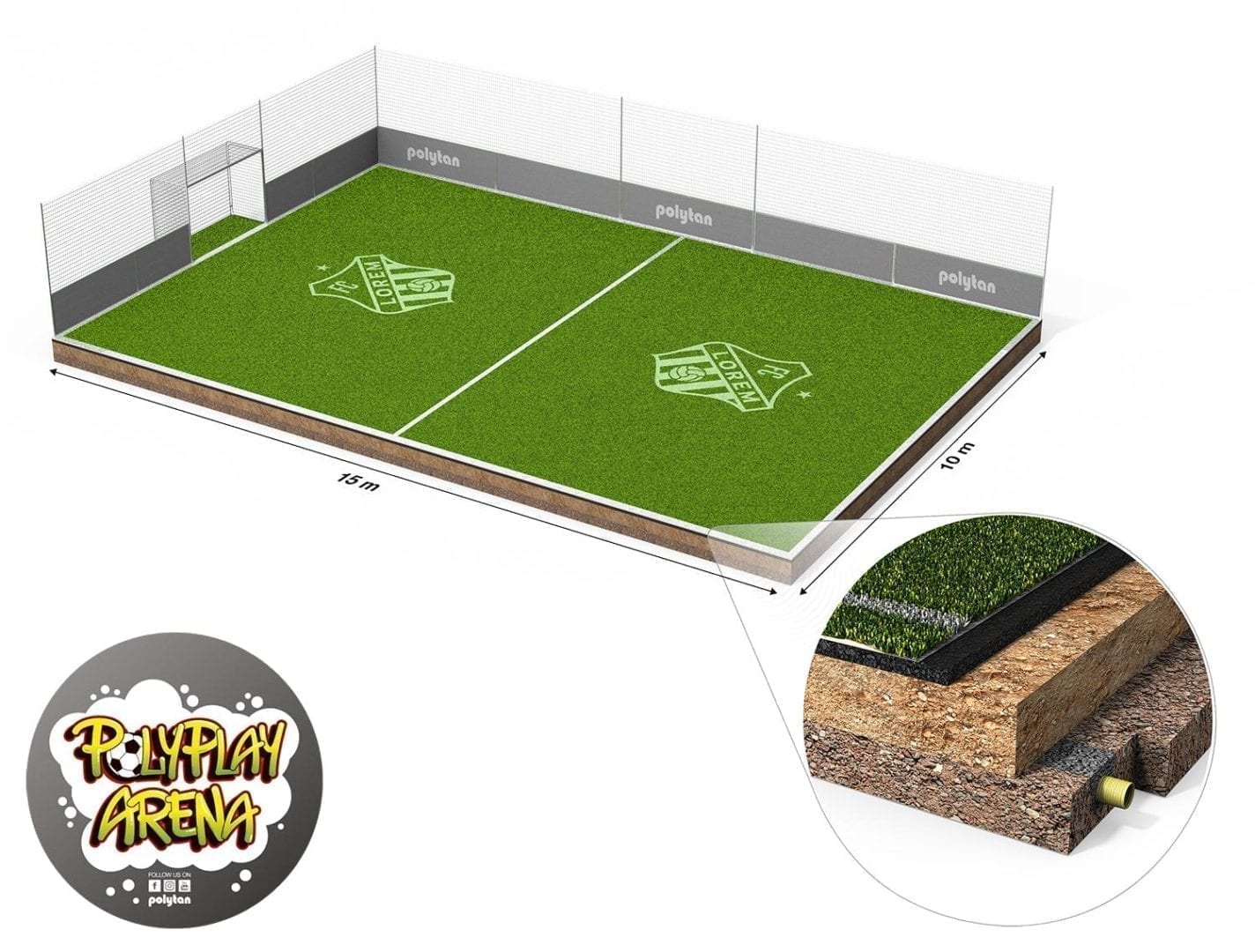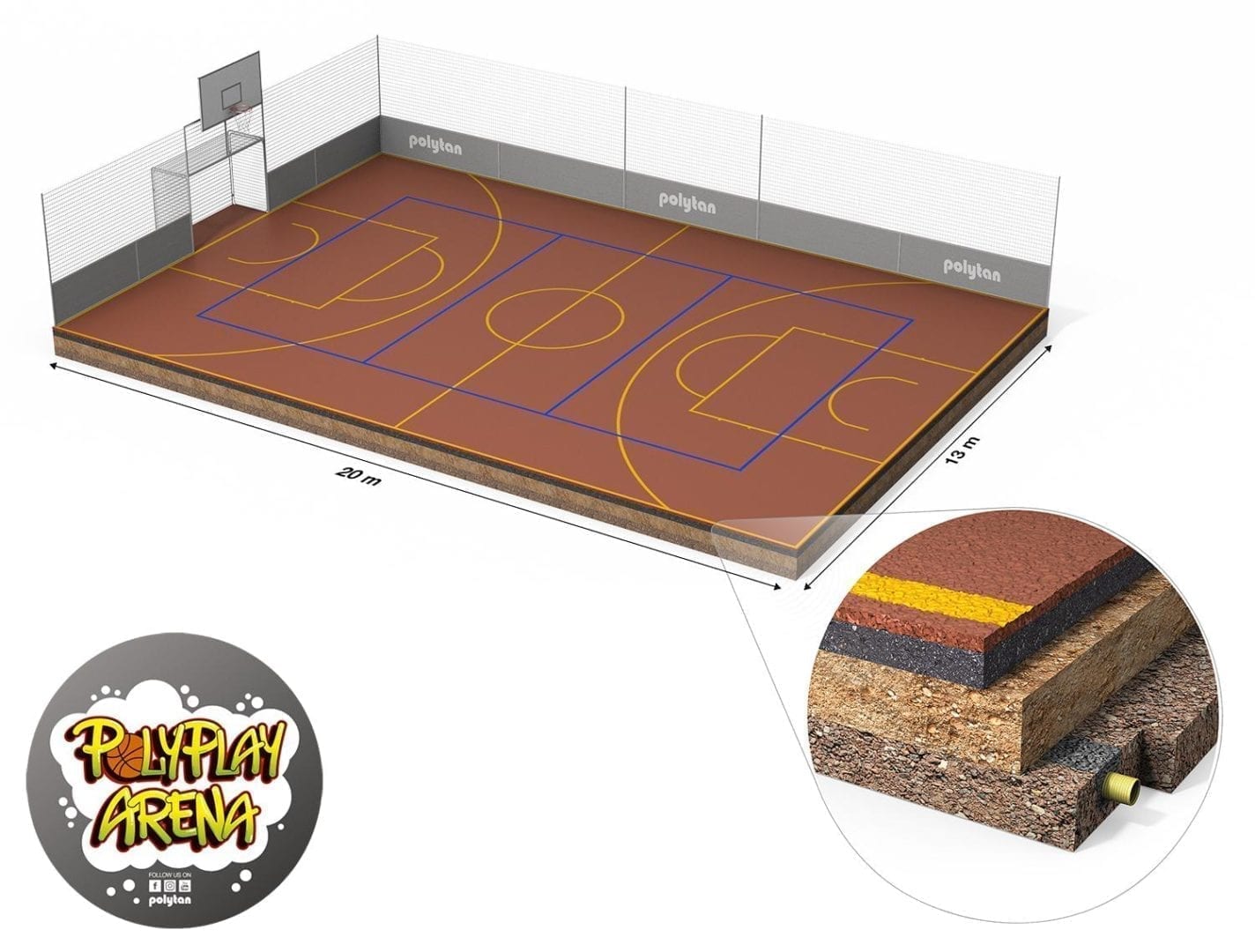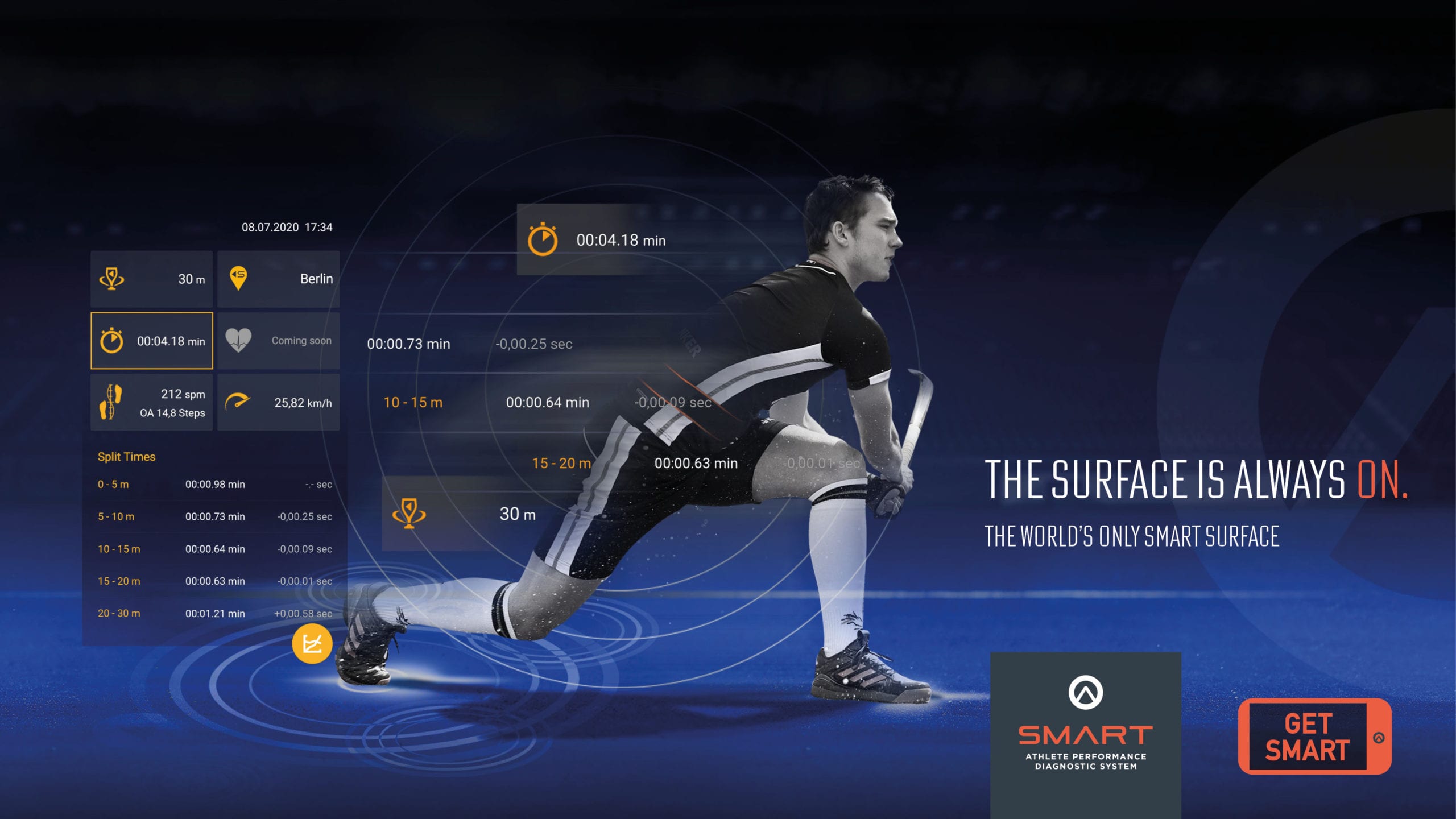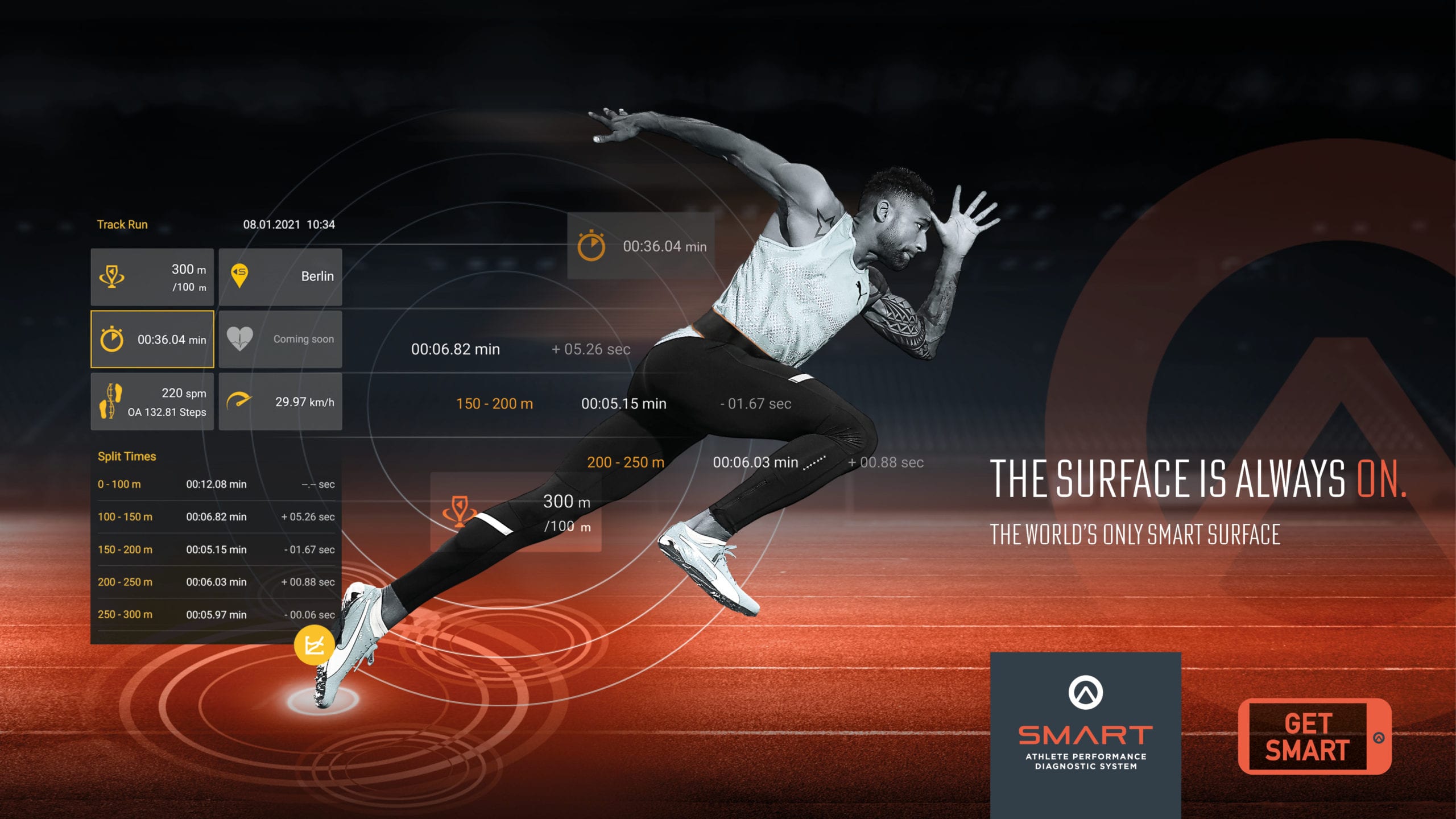Synthetic turf systems are durable, injury-proof, hard-wearing and can be played on intensively whatever the weather, all year round. But this is only if the synthetic turf is in good condition. Now, with spring just around the corner, the playing area should be prepared. There are a few basic factors to consider when cleaning and maintaining synthetic turf. Here’s a summary from Polytan – the specialist in synthetic turf systems.
Excessive wear on synthetic turf
As a rule, synthetic turf pitches are used several times a day and in almost all weather conditions, all year round. Players, coaches and the groundskeeper know that training sessions in particular demand a great deal from the pitch. For example, penalty shoot-outs or kick training involves significantly more wear and tear on certain areas of the pitch than others. Synthetic turf must not only withstand these challenges, however. Rain, snow, UV radiation, dust, leaves, flying seeds and other environmental factors also take their toll on the turf. This makes regular inspection of synthetic turf, followed by proper cleaning and maintenance, all the more important. By investing in maintenance and repair early on, a club can continue to enjoy the benefits of outstanding synthetic turf quality, even visually, for a long time to come.
The name of the game: thorough and continuous inspection of synthetic turf
Continuous monitoring of synthetic turf is the name of the game. This way, any damage can be recognised at an early stage and its functional sports properties are maintained. The days before big games at the weekend are the ideal time to carry out these inspections. It’s worth remembering that pitches that are open to the public often have a higher degree of soiling and therefore require more intensive synthetic turf maintenance.
Light surface soiling such as leaves, pine needles, paper and cigarettes on the pitch should be removed immediately by the groundskeeper. It’s particularly quick and easy with a leaf blower. Alternatively, it can be helpful to use a special sweeper adapted to the lawn system. The edges and outer areas of synthetic turf are problem zones. This is often where leaves, needles or soil accumulate. The edges must be repeatedly loosened to prevent grasses, moss or lichens from colonising. If unwanted plant growth is already established, it can be removed by pulling it out or spraying it out with high water pressure. Afterwards, the filling level of sand and granules should always be checked.
Sharp objects such as stones, broken glass or pieces of metal are a particular problem for synthetic turf – they should be removed as soon as possible. Unpleasant faeces should also be removed immediately and the sand and rubber granule filling in the immediate vicinity should be completely replaced. Chewing gum or adhesives are also a danger to synthetic turf.
The final step is to check the level of infill – it’s essential to inspect the entire synthetic turf surface. The infill material is often worn out, especially in the main impact zones, such as in the six-yard box or at the penalty spot. Sand in particular, but also cork or granules if available, should then be added in accordance with the specified filling quantity.
If the synthetic turf is damaged despite regular checks, this can usually be repaired quickly and professionally.
Synthetic turf repair – at critical points
The causes of damaged areas in synthetic turf vary: this includes vandalism or environmental influences, but also unequal wear or even improper usage and care. The most common areas of unequal wear are the penalty spot, the goalkeeper’s standing area or the 18-yard box. A piece of synthetic turf measuring approx. 1.30 x 1.30 m is usually replaced to repair the penalty spot. In the goal section, an area measuring up to 4 x 8 m can also be replaced to cover the entire area of the goalkeeper’s standing area and slightly beyond. The patch should be slightly larger rather than too small so that there are no new seams in the goalkeeper’s main area of movement.
Seams that have come undone can be particularly problematic for players. In order to be able to play on the synthetic turf again safely, the seams should be re-glued – for example by the Polytan service team.
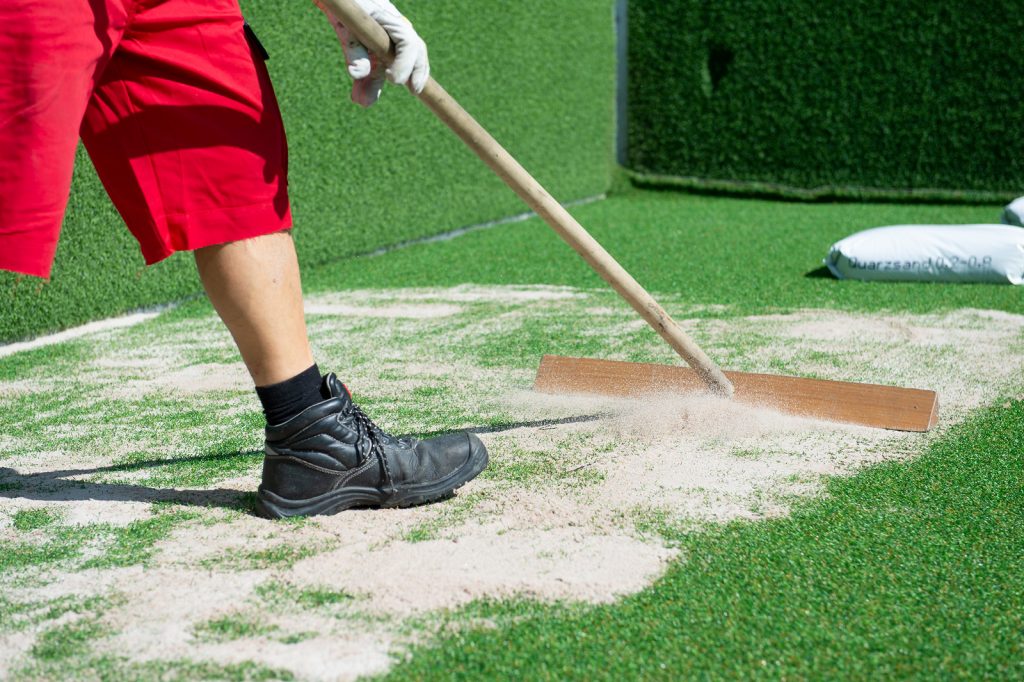
Correct maintenance of synthetic turf blades
Filaments are the core of synthetic turf and are either straight or crimped, depending on their area of application. Modern synthetic turf systems such as Polytan’s LigaTurf combine both variants. The condition of these synthetic turf blades affects the playing characteristics on the pitch, especially the ball rolling behaviour as well as the traction and rotational forces. It also has an impact on the visual appearance of the synthetic turf.
The straight synthetic turf blades of a football pitch are usually filled with sand and a performance infill, such as cork, to ensure that they remain upright. However, a certain “directional effect” remains, as the stalks always lean slightly towards one direction, even with filling. This produces what are known as same direction and opposing direction synthetic turf surfaces. If the synthetic turf is laid in opposing directions, the synthetic turf blades face alternately in different directions. This type of installation simplifies and reduces the maintenance of the synthetic turf considerably.
As a general rule, the groundskeeper should brush the blades of grass every one to two weeks (between April and October in dry weather). The frequency depends on the synthetic turf system and usage. The infill shifts more and more to the outer areas of the pitch through utilisation. For this reason, it must be levelled regularly in order to support the blades of grass evenly. In addition, the sand and granule layers compact over time and need to be loosened every now and then. Special care devices, such as the Polytan ACS (Anti-Compaction System), were developed so that this routine maintenance can be performed cost-effectively and quickly.
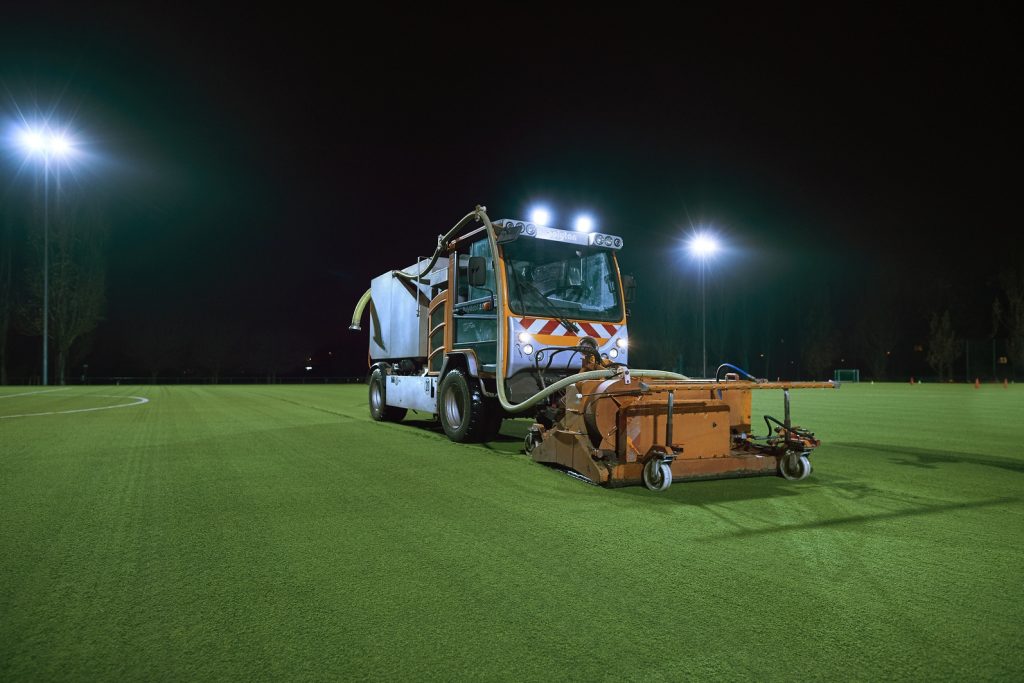
Optimum basic care with professional care equipment
The Polytan ACS (Anti-Compaction System) has two individually adjustable brushes and needle bars. Synthetic turf maintenance is part of the Polytan service packages that customers can take out for their sports pitches. Afterwards, the synthetic turf is soft and elastic again and the synthetic turf blades are straightened to perfection. If necessary, a brush can then be used: it levels out the filling material and compensates for unevenness. The ACS maintenance device can be easily attached to the rear hydraulics of a lawn tractor, to a hydraulic three-point hitch on a mini-tractor or to a towing vehicle using a drawbar.
Maintenance by a RAL-certified service provider
In addition to regular synthetic turf maintenance, it’s worthwhile for clubs and municipal sports facilities to invest in annual maintenance by a RAL-certified service provider such as Polytan Service GmbH. RAL is currently the only association in Germany that monitors and certifies synthetic turf maintenance providers. Seam connections, stress zones and penalty points are critical aspects of RAL certification. The correct filling of the pitch is also checked and the results are recorded. The service also includes intensive cleaning to remove dust and other foreign objects from the turf. Then last but not least, any infill granules that need to be replaced are added.
